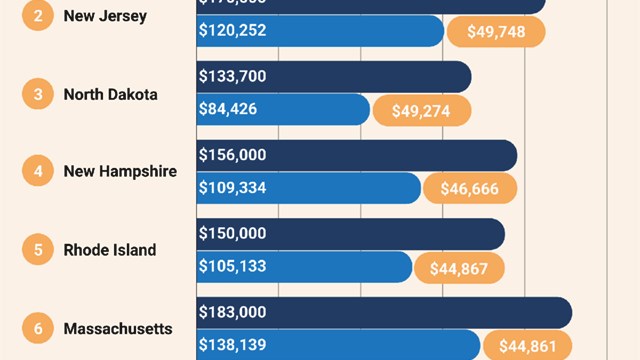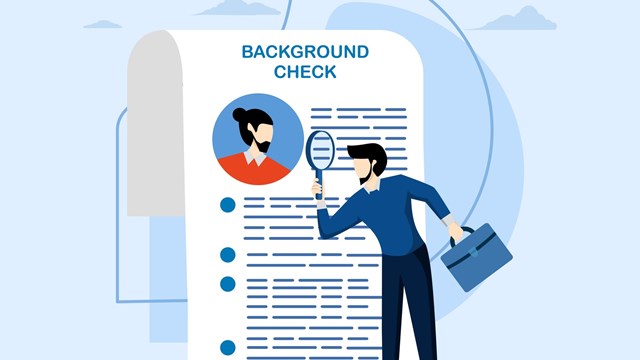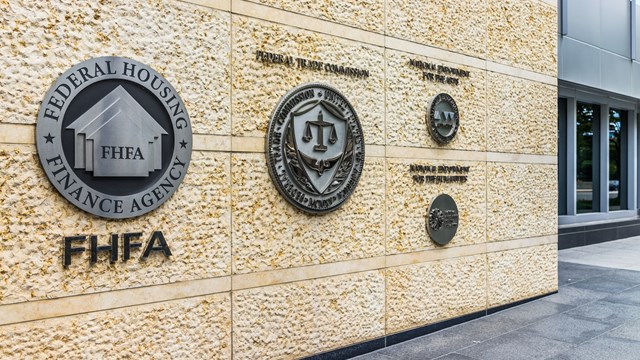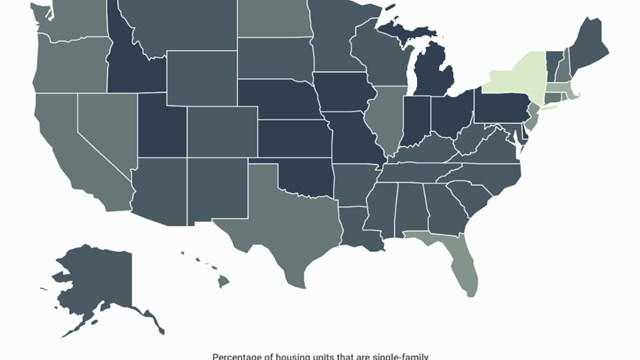Because of resident turnover, the city’s practice of requiring real estate developers to devote a certain percentage of units in new buildings to market- or below-market rate in order to fortify the city's stock of more affordable housing, and just the sheer fact of 8 million people living in a very concentrated geography, many of New York City’s co-ops and condos are home to people of differing income levels.
These residents may occupy the same floor of a building, but not the same socioeconomic stratum. This mélange of the wealthy and the not-so-wealthy contributes mightily to the city’s diversity, and ensures that Manhattan in particular does not become the country’s largest gated community (at least not for another decade or so).
But managing a building that is home to millionaires, fixed-income retirees, and folks on public assistance poses some distinct challenges—some economic, some social.
A Changing Cityscape
While some parts of the five boroughs have always been middle-class neighborhoods and others enclaves of the well-to-do, much of the city has changed through the years. Greenwich Village, for example, used to offer cheap rents once upon a time, which made it a haven for artists, which made it desirable but ultimately, more expensive. The spacious prewar buildings in Harlem were built during a real estate boom in the last century. The real estate market crashed just as the construction of Penn Station drove many African-American families out of what was then called the Tenderloin. Rather than go broke, developers uptown reluctantly sold and rented to these families, thus creating the city’s most famous black neighborhood.
But New York and Manhattan in particular, has become prohibitively expensive for even middle-income earners to live. Bill de Blasio was elected mayor on the strength of his populist stance on that issue—and, perhaps, because unlike the previous mayor, he is not one of New York City’s most wealthiest residents. “The truth is, the state of our city, as we find it today, is a tale of two cities, with an inequality gap that fundamentally threatens our future,” Mayor de Blasio said in his first State of the City address. “Our middle class isn’t just squeezed; it’s at risk of disappearing altogether. That disparity, that inequality crisis, is the greatest risk to our New York promise.”
Reality vs. Perception
This past February an Upper West Side building barred rent-stabilized residents from using the building’s new gym which was reserved for market-rate residents. The gym, which is estimated at about 15 feet by 20 feet hasn’t provoked problems among the neighbors but animosity toward the management company. Rent stabilized tenants complained that they felt like second class citizens in their own building while the management company insisted that it needs to attract market-rate residents in order to survive financially.
“On that situation, the management company may have missed the boat,” says Hilary H. Becker of Becker Realty Services in Lynbrook. “A 15-by-20 room is nothing. It’s so as to say ‘we have a private gym.’ The management company would have been better off opening the gym to everybody. They didn’t accomplish much by doing what they did. They might have created more of a problem. It’s always better to have good will between tenants or unit owners and the management company than not.”
Another Upper West Side building under construction on Riverside Boulevard that is both market-rate and affordable had it put in the development plan that the low rent tenants would have their own separate elevators and entrances, much to the outrage of local officials and state assembly members. However, the two-door setup was required under law for the way the building was designed. The developer, Extell Development Company, is receiving a tax abatement and a bonus for including the rental apartments within the development.
With respect to co-ops and condos, the city has been proactive in making developers set aside some apartments in new construction to sell at below-market prices, theoretically to help socioeconomically diversify each building’s population. Rent stabilization and rent control have also done this with renters, and New York housing court has a reputation for being pro-renter.
“You have a few different scenarios,” explains Dan Wurtzel, president of management company FirstService Residential New York. “You have buildings that were converted from rental to co-ops, where you may have a percentage of residents who did not buy, so they remain rent-regulated tenants. You also have people who purchased at an insider price maybe 20 years ago, and the price to purchase their apartment was a discount off of the market at that time.”
Other Scenarios
But there are other, less-heralded ways that a building becomes 'mixed.' “You also have individuals who may have been in co-ops where the sponsor may have gone into default, and as a result had to find a way to unload the apartments, and gave the tenants an opportunity to purchase their apartments for basically nothing, just so they would take over the obligation of paying the maintenance,” says Wurtzel. This scenario tended to happen during the real estate bust of the 1990s. “So now, fast-forward to 20 years later, and you have high-income, high-net-worth individuals who have just recently bought into this building who are spending multiple millions of dollars, and you have people who bought 20 or 25 years ago, who were in the right place at the right time, but certainly from an income and a net-worth standpoint, are in completely different spheres. They may be on fixed incomes, or the inflow of money is not comparable to someone who just bought an apartment for $4 million dollars.”
Ralph Westerhoff, CEO of Manhattan-based BrickWork Management Inc., tells of similar experiences. “A lot of our buildings—in the East Village, for example—started off as squats,” he says. “Some tenants fixed the building up, they got it legal, and somewhere along the line they got a lawyer. They filed as a corporation, and then they eventually became a legitimate cooperative. In some of these buildings, you still have a few of these original tenants. They probably paid some nominal amount, like $900, to the city, and they basically bought the building from the landlord.” Talk about being in the right place at the right time!
“In the Seventies,” Westerhoff continues, “when things were very bad, the city wanted to protect the housing stock. In places like Hell’s Kitchen, the East Village, parts of Brooklyn and the Bronx, they’d say to the landlord, ‘Here’s the deal. Don’t walk away. We’ll subsidize a basic mortgage. So you might get $100,000, and your tenants are going to pay you some silly amount.’ So, for example, the guys I’m thinking about paid the city $900, they got a mortgage that the city kind of guaranteed, and the landlord got his money over about ten years, and the tenants then owned the building. But because they did that, now they’re able to sell everything at market rate, whenever they want to. So now, even the smaller apartments are worth $400,000 or $500,000. But along the way, you’ve had people sell. So in the same building, you’ve got a guy who’s an energy trader who paid a million dollars for his apartment, and he’s there three weekends a year,” along with one of those original tenant-owners.
“We also manage a couple of buildings that are HDFCs, or Housing Development Fund Corporations,” says Westerhoff. “These are buildings that were rental buildings, and the landlords had really pretty much walked away from them. “So HPD and the city would come in and say to the tenants, ‘Look, we’re going to work with you so that you can own your building. We’re going to set up programs to train you how to manage the building and run your books.’ And these became restricted income co-ops, with set fee schedules. The minute they went co-op, tenants could sell their apartments if they wanted, but they had to sell it at well below market value. And then the longer they stayed in, over like a 20-year period, the apartment would be at market value. Generally in a building like that, you are not going to find truly wealthy people.” Unless, of course, they got in early and sold two decades late at full market price. “Twenty years down the road you might.”
When it Matters
In other words, and in both cases, you have people who are quite well-off next door to pensioners. This poses problems, because, as F. Scott Fitzgerald famously pointed out, “The rich are different from you and me.” The way they are different was beautifully expressed in Hemingway’s rejoinder: “Yes. They have more money.” Most of the time, this doesn’t much matter—except when it does.
“In my experience, the only time you have an issue with net-worth inequality is when there are financial decisions that are being made that can impact people who are on fixed incomes, or who don’t have the ability to pay certain types of assessments, and therefore may not be able to afford to live there anymore,” says Wurtzel. “And that can happen.”
When it happens is when the roof needs to be replaced, or the elevator repaired, or any other really big-ticket item. “There comes a time when a building says okay, we need to spend a lot of money on capital improvements, and we need three million dollars to do all this work,” says Westerhoff. “And the only way we can get three million dollars is if we assess our shareholders over five years. If I’m somebody who’s on a fixed income, I may have a big problem with that. And that’s where you get your conflicts.”
Ultimately, the property managers must work with boards to allow for these economic disparities when capital improvements become necessary—as they always will, given enough time. Good boards will not simply default to assessment as a means of paying for everything.
“The board has a fiduciary responsibility to make sure that they’ve looked at all the options,” Wurtzel says. “Is there an opportunity to get financing to cushion the blow? Are there other financing tools available out there, or subsidies for doing energy-related projects that may defer or offset the costs? Ultimately, if you have no way of accessing funds to do the necessary work, you’re either going to live with a leaky roof, or it’s time for the lower-income resident to sell and buy something that’s more affordable.”
In effect, folks who bought in early in a co-op conversion, or took advantage of a city-sponsored landlord buyout have invested very wisely in something that has reaped massive returns on their initial investment. The problem is that, unlike an IPO that can traded immediately, their investment is also something that they happen to live in. Ultimately, the only way to see the profit may be to cash out.
“You have individuals who bought 25 or 30 years ago, are on fixed incomes, they now have this annuity in their apartment,” Wurtzel continues. “At some point they may want to cash in and move someplace else. It’s a very personal decision. Nobody likes to be forced to make that decision. They want to do it in their own time and at their own option. But there are occasions where we have seen residents come back and say, 'I can’t afford to live here anymore. I need to sell my apartment.' And it’s unfortunate that this happens.”
Managing Matters
Apart from those core financial issues, though, managers report little difference in “rich tenant/poor tenant.”
“We try to treat everybody fairly,” says Westerhoff. “Whether they have more money or less money, they’re all shareholders, they all live in the building. As long as they’re paying their maintenance, they have the same rights as everybody else.”
Wurtzel agrees. “Income and net worth is one way that this country has categorized individuals, but when you look at a co-op or a condominium, the most important thing is quality of life,” he says. “From my standpoint, it really doesn’t matter what the income is of one neighbor compared to the other. It’s really about how people behave. As long as you respect who you live next to, everyone gets along.”
Greg Olear is a freelance writer and frequent contributor to The Cooperator.










Leave a Comment